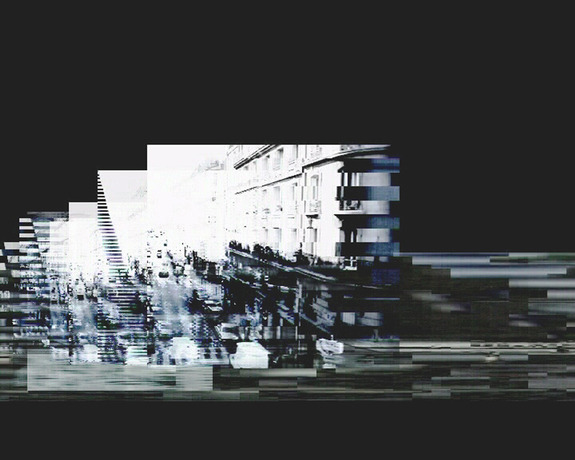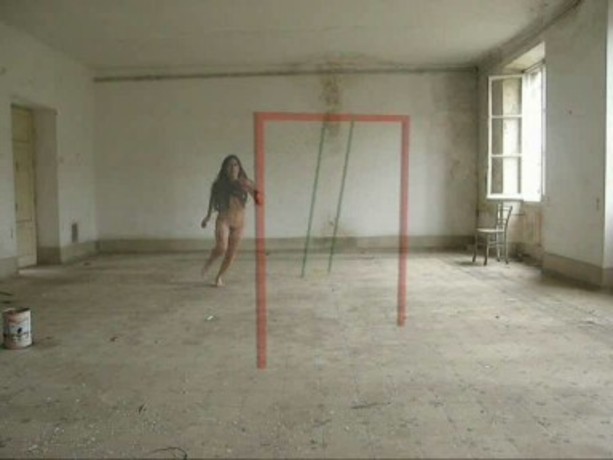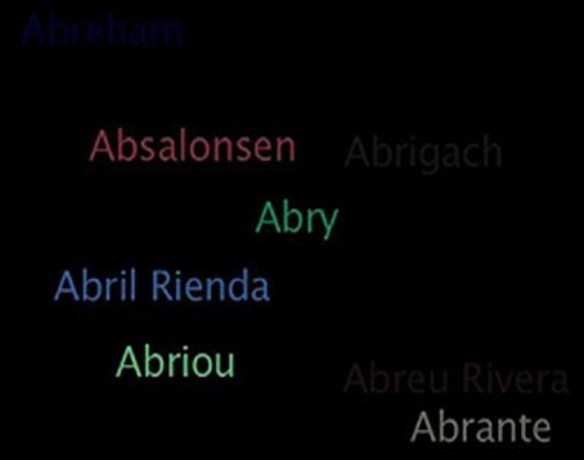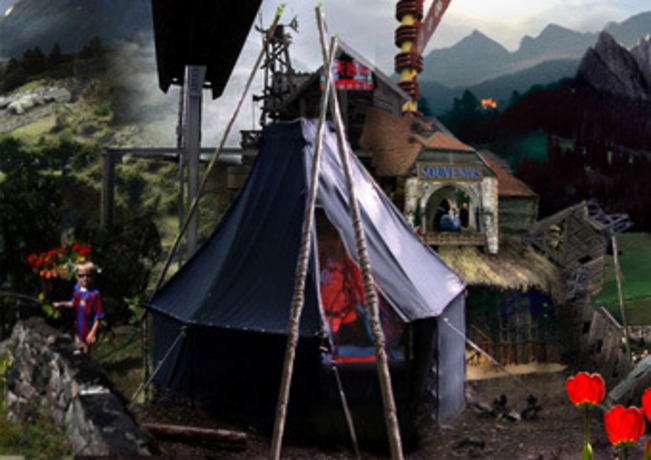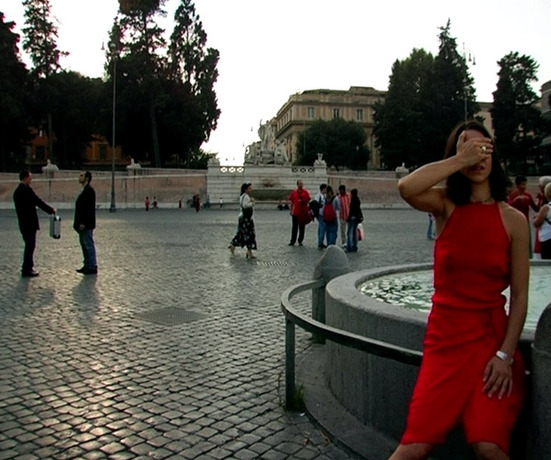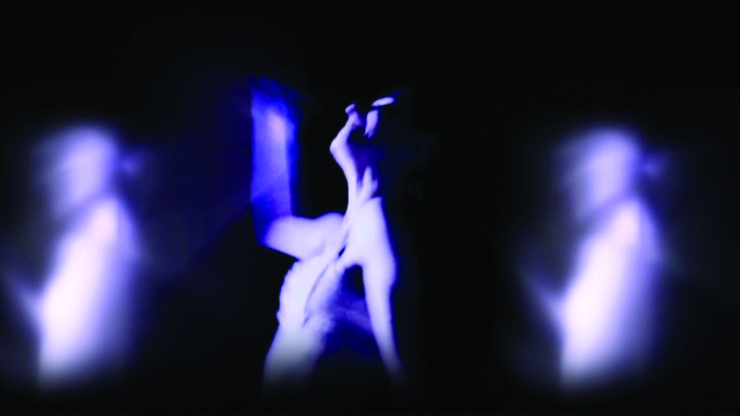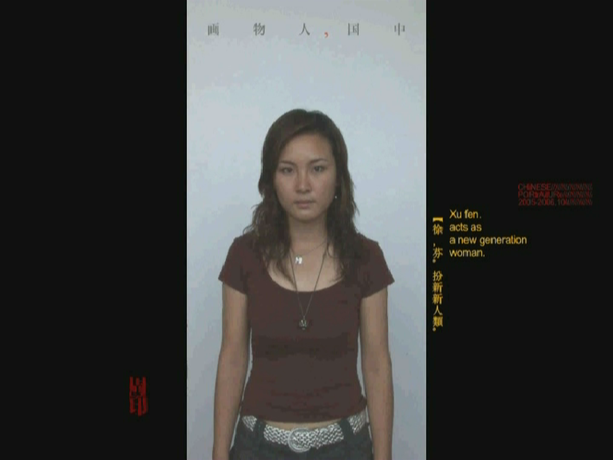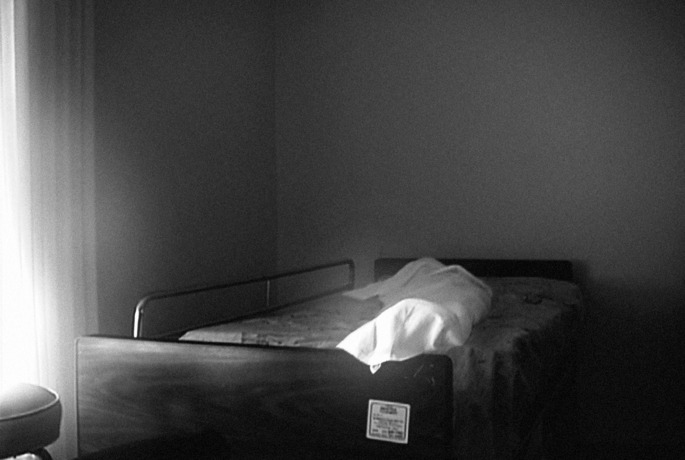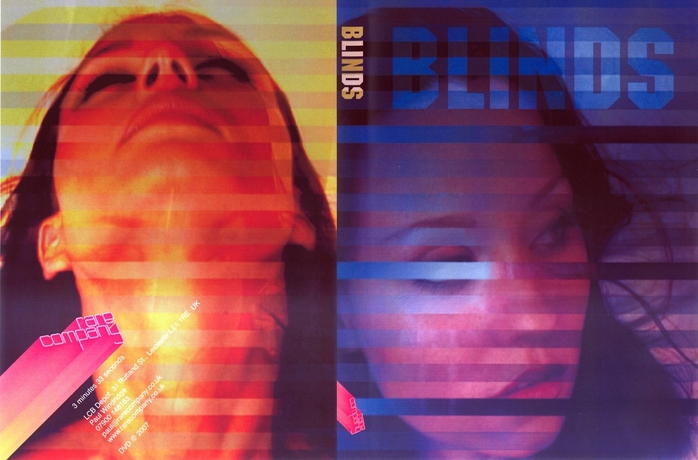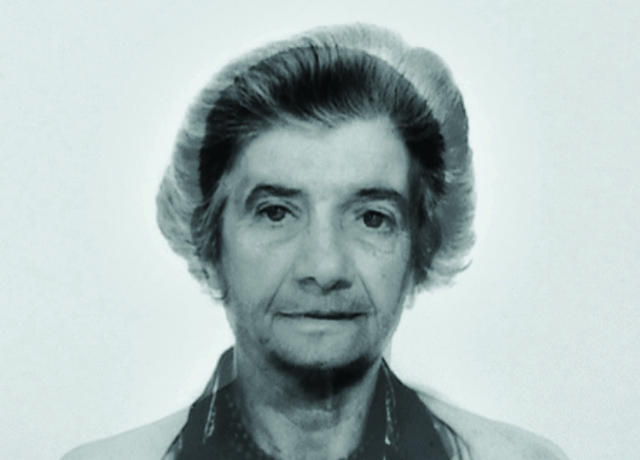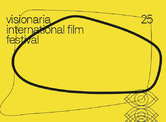First of all the selection of videos screened during the exhibition and chosen among a large number of international works, attests that formal coexistence between narrative force and vision, documentation and poetry, which represents today the diversified world of video art.
In this expressive world with undefined borders (that’s why we are talking about mixed-media in the last years), movie and video-clips references are intertwined together amongst sound, image and word.
Since the world of electronic devices appears today as the most suitable mean to express the contemporary sensibility which is itself dipped into a chaotic and endless flow of sounds, images and communication, the video can become a no man’s land, a codeless language which can be used by everyone, even without knowing it. This is the risk for the video today, which is often used as a means of documentation of reality, sometimes in a sociological way or as autobiographical story, but with no language sperimentation of the used mean.
On the contrary the works made by young artists, selected for Vision Art, which I had the pleasure to see during the last edition, show the persistence of a research which everyone has directed towards their own needs and wishes: amongst storytelling, vision, formalism.
Video art is specific also in regard to its users. The work made with electronic device requires an “adult” user (as the “adult reader” of Umberto Eco), able to decode, to pay attention, and provided with a good understanding.
We could say that the video art, if it’s of good quality, is an antidote to the repeated semantic lack which in our society characterizes the meaning of the image, too often empty, as well as the verbal language and the sound that goes with it. This recovered image, far away from the indistinct “noise”, can have new meanings and new looks. A correct exhibition is required in order to transform the videos show in a cognitive process. They are often badly set up in the exhibition (they are conflicting with other works or among themselves; monitors are too high or too low) and so it is very difficult to read them. The exhibition in Piombino has been set up in a way to respect the works and the visitors: 10 positions closed in a neutral and practical panel system were not disturbed from outside and it was possible to relate easily with every single work. Finally, a characteristic of the Festival in Piombino is to rely on public judgment for the choice of the most interesting works through a questionnaire where the audience can indicate its preferred works.
This procedure was set up with the intent to tie relationships between the contemporary art and those who are not insiders giving them (people visiting the exhibition) an active role, but it results also an interesting test for the works presented, because they are judged by public."
Lucilla Meloni
The exhibition set up was due to the Association St.Art from Piombino, directed by Pino Modica.
- The art historian Lucilla Meloni and Francesca Franco will take part to the event.
The films that been selected:
Autofocus, by Igino De Luca ( italy 2006 )
Blinds, by Paul Windridge ( united kingdom 2007 )
Cabinet, by Todd Herman ( usa 2007 )
Chinese Portraiture, by Zhou Hongxiang ( china 2006 )
Discussion on death, by Alessandro Amaducci ( italy 2007 )
Panorama_Roma - Panorama_Rome, by ZimmerFrei ( italy 2006 )
Südwest - Southwest, by Ulu Braun ( germany 2006 )
The Oslo phone book, by Eva Drangsholt ( norway 2006 )
Tilt, by Chiara Scarfò ( italy 2007 )
Urban Surfing II b/w -, by Marina Chernikova ( russia 2007 )



